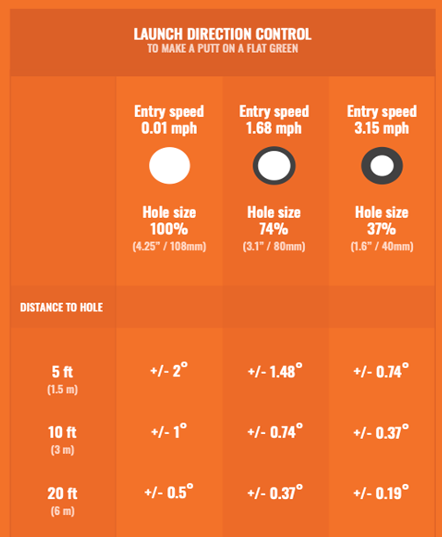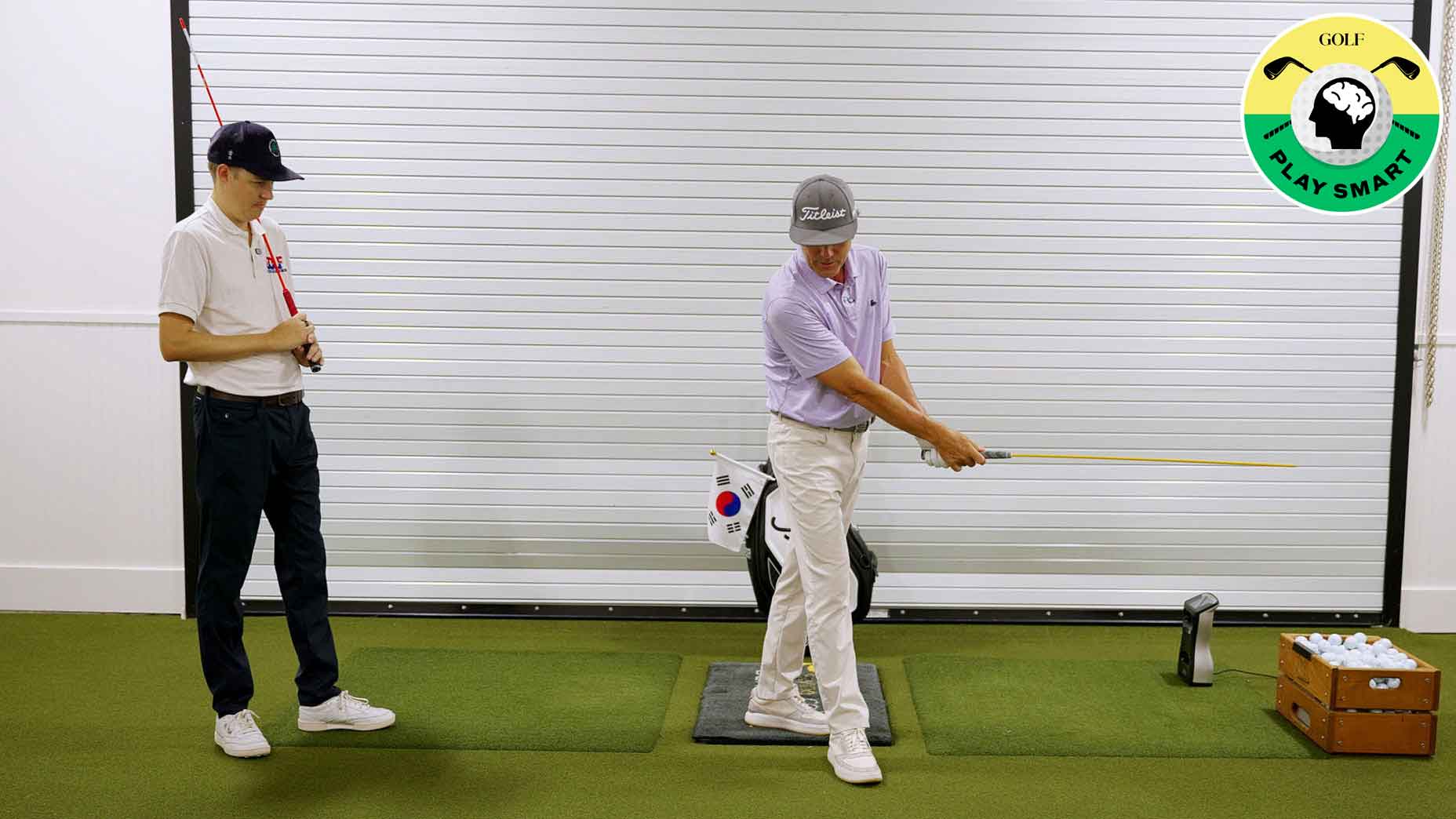Welcome to Play Smart, a game-improvement column that drops every Monday, Wednesday, and Friday from Director of Game Improvement content Luke Kerr-Dineen to help you play smarter, better golf.
I live in the northeast, where the snow is just starting to melt. Barring a heartbreaking surprise spring snowstorm, the upcoming golf season is in sight, which means I’ve got the itch to get back out there.
About this time every year I try to set myself a few goals. Not to do with score or handicap, but rather, things in my game that I’m intent on improving.
This year, my goal is to improve my putting
I have a terrible habit of tinkering too much, but I’m trying to cut that out in 2021. I got a putter fitting at our sister-company True Spec and put some skin in the game by investing in a new putter with my suggested specs. The next step, now, is to focus on the actual putting itself. And as Mark Broadie explained in the pages of GOLF Magazine right here, you can’t improve your putting without getting good at short putts, inside 10 feet.
Which is why I was drawn to this interesting article on TrackMan’s website analyzing, among other things, the speed at which golfers should hit their short putts. The way they break it down, you can hit putts one of three ways: firm, soft, or somewhere in-between. There are pros and cons for each of them, so here’s what you need to know about it….

Less break — less room for error
Tiger Woods was a legendary slam-short-putts-into-the-hole player, and he did it absurdly well. The benefits of this approach are fairly obvious: The firmer you hit putts, the less break you have to play. So, for short putts, that means you can play the putt mostly straight, without having to worry about reading too much break.
But there are downsides, too. Mainly that hitting the ball harder increases the likelihood that it’ll lip-out, because a ball traveling at a higher speed on the edge of the cup will slingshot around the hole, rather than gravity pulling it into the the cup. This means you have less room for error with your putting stroke — less than a degree of face angle change on five foot putts according to Trackman — because you pretty much need to hit the ball exactly in the center of the hole if you’re going to hit putts this firm.
Soft is good, but has a surprising catch…
It’s proven physics that hitting putts softer — so they barely trickle into the hole — is your surest bet of making the hole as big as possible. That has the added bonus of meaning you have more room for error in your putting stroke. You can get away with a slight push or pull if you hit a putt softly, because while a firm putt will lip it, a soft putt will trickle into the side of the hole.
But there’s a weird catch to doing this.
Putting greens have a slight donut effect around the hole. What does that mean? Think about when you pick your ball up out of the hole, You’re probably not standing directly on top of it; you’re standing a step or two away and reaching down into it. When multiple players do that over the course of a day, it has the effect of trampling-down the general area surrounding the hole, but not the hole itself. Put another way: It makes the part of the green near the hole inconsistent and hard to predict. And when you hit putts softly, you need to be good at predicting these things, which is why Trackman suggests the middle path…
Somewhere in-between
Just like goldilocks’ porridge, Trackman says the best way to hit short putts is to choose a middle path, where the ball would end about a foot past the hole. You may need to play a little more break than if you hit the putt firm — though not much more — but in doing so you’ll be able to take out some of the variables that come along with hitting putts too soft.
As the post writes:
“For most players, the middle strategy should be preferred, as this allows for a speed that reaches the hole more often, and the next putt won’t be too long. In addition to that, the break will be played more predictable as the ball has enough speed to hold the line when reaching the hole and be more similar from one putt to the next…because there can be an excessive break on the last foot of roll due to gravity and green inconsistency.“










